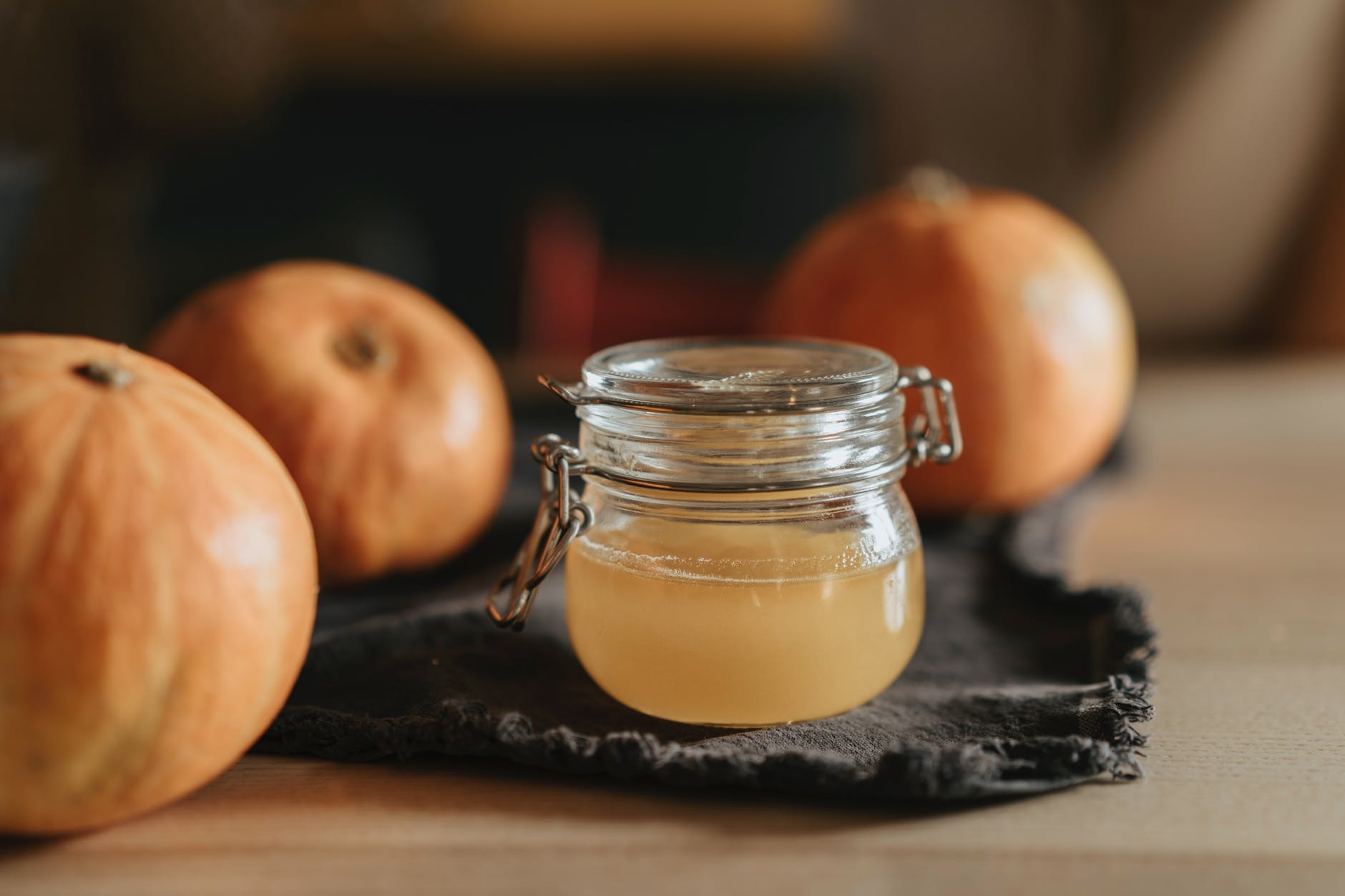Welcome, weight loss enthusiasts! Are you on a quest to shed those extra pounds and improve your overall health? Look no further than the powerful combination of high protein and high fiber foods. In today’s blog post, we’ll uncover the science behind how a high protein, high fiber diet can support your weight loss goals, along with practical tips to incorporate these foods into your daily routine. Get ready to optimize your nutrition and supercharge your weight loss journey! 🥦🍗🍎
Understanding the Basics: High Protein and High Fiber 🌟
Let’s start by understanding the building blocks of a high protein, high fiber diet:
High Protein Foods: Protein is an essential macronutrient that plays a crucial role in supporting weight loss. It is the building block of cells, tissues, and muscles, and it helps to increase satiety and preserve lean muscle mass. High protein foods include lean meats, poultry, fish, eggs, dairy products, legumes, tofu, and tempeh.
High Fiber Foods: Fiber is a type of carbohydrate that is not fully digested by the body. It adds bulk to the diet, promotes feelings of fullness, and aids in proper digestion. High fiber foods include fruits, vegetables, whole grains, legumes, nuts, and seeds.
The Weight Loss Benefits of a High Protein, High Fiber Diet 🏋️♀️🌾
Now, let’s explore the science-backed benefits of a high protein, high fiber diet for weight loss:
Increased Satiety: Protein and fiber are both known for their ability to increase feelings of fullness and reduce hunger. When you consume foods high in protein and fiber, they take longer to digest, keeping you satisfied for longer periods. This can help prevent overeating and snacking on high-calorie foods, ultimately leading to a reduced overall calorie intake.
Improved Metabolism: Protein has a higher thermic effect compared to carbohydrates and fats. This means that your body burns more calories during the digestion and absorption of protein-rich foods. Additionally, protein plays a crucial role in muscle building and repair, and having a higher muscle mass can boost your metabolic rate, leading to increased calorie burn even at rest.
Preservation of Lean Muscle Mass: When you’re on a weight loss journey, it’s important to preserve your lean muscle mass. A high protein intake helps prevent muscle loss during calorie restriction, ensuring that the weight you lose comes from fat rather than muscle. Maintaining muscle mass is essential for a healthy metabolism and long-term weight management.
Stabilized Blood Sugar Levels: Fiber helps slow down the absorption of sugars, preventing rapid spikes in blood sugar levels. This can help control cravings and promote stable energy levels throughout the day. By maintaining stable blood sugar levels, you can avoid crashes in energy, reduce sweet cravings, and have better control over your food choices.
Improved Digestion and Gut Health: High fiber foods support a healthy digestive system by promoting regular bowel movements and feeding the beneficial bacteria in your gut. A healthy gut microbiome is essential for proper digestion, nutrient absorption, and overall well-being. When your digestion is optimized, your body can efficiently process and utilize nutrients from your food.
Practical Tips to Incorporate High Protein, High Fiber Foods 🥦🍗🍎
Now that you understand the benefits, here are some practical tips to incorporate high protein, high fiber foods into your daily diet:
Start Your Day with a Protein-Rich Breakfast: Opt for a breakfast that includes a good source of protein such as eggs, Greek yogurt, or a protein smoothie. Pair it with high fiber foods like berries, chia seeds, or whole grain toast to kickstart your day with a satisfying and nutrient-packed meal.
Choose Lean Protein Sources: When selecting protein sources, opt for lean options such as skinless chicken breast, turkey, fish, tofu, or legumes. These choices provide ample protein without excessive saturated fat content.
Load Up on Non-Starchy Vegetables: Non-starchy vegetables like broccoli, spinach, kale, peppers, and zucchini are not only high in fiber but also low in calories. They can be the star of your meals, adding volume, texture, and a variety of nutrients while keeping the calorie content in check.
Incorporate Whole Grains: Choose whole grain options like quinoa, brown rice, whole wheat bread, and oats. These are higher in fiber and provide a steady release of energy, keeping you satisfied for longer.
Snack Smart: Instead of reaching for processed snacks, opt for high protein, high fiber snacks like Greek yogurt with berries, a handful of nuts, or a protein-rich energy bar with added fiber. These snacks can keep your hunger at bay between meals and prevent unhealthy snacking.
Plan Balanced Meals: Aim to include a source of lean protein, high fiber carbohydrates, and non-starchy vegetables in each meal. This combination will provide the necessary nutrients, support satiety, and help control blood sugar levels.
Conclusion: Fuel Your Weight Loss with High Protein and High Fiber 🥦🍗🍎
A high protein, high fiber diet can be a game-changer when it comes to weight loss. By focusing on nutrient-dense foods that are rich in protein and fiber, you can enhance feelings of fullness, support healthy metabolism, preserve lean muscle mass, and promote overall well-being.
Remember to consult with a healthcare professional or registered dietitian to personalize your diet plan and ensure it aligns with your specific needs and goals.
So, get ready to power up your weight loss journey by incorporating a variety of high protein, high fiber foods into your daily meals. Your body will thank you as you achieve sustainable weight loss and experience the numerous health benefits that come along with it! 🥦🍗🍎











